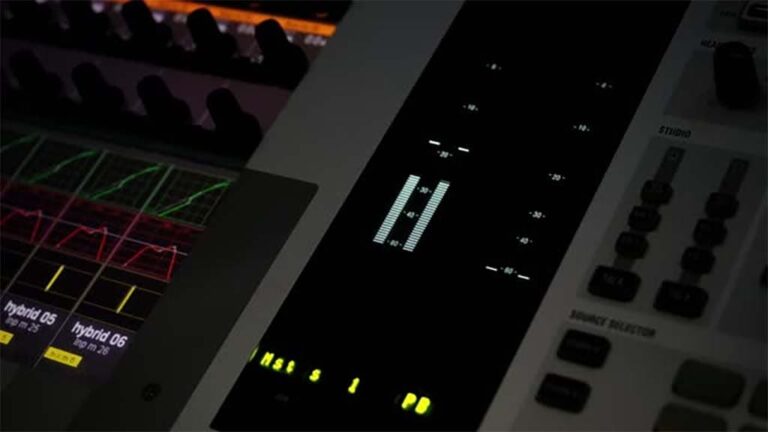In any field of activity, theory and practice are inextricably linked. From practice, theory is formed, which later separates and develops new ideas. These ideas, mastered by practitioners, contribute to the development of art.
Music of the twentieth century is 90% born from the theoretical explorations of composers. This is one of the high points in the pursuit of music as a pure art to merge with mathematics, which is the closest scientific discipline to music. Proof of this is the emergence of new allied professions-physicist-musician, programmer-musician, etc. If music were not so closely merged with science, probably people would still be banging tambourines:)
Usually when they talk about music theory, they mean elementary music theory. Elementary music theory is only the foundation, the beginning of learning, the primer of a musician, without which any conscious creativity is impossible. The theory of music itself is much broader. And if before the XX century music theory was studied in a limited number of disciplines, now the concept is almost equal to the modern theory of composition.
Thus, it is necessary to separate these concepts.
The elementary music theory itself is divided into several subgroups:
Classical – the bulk of textbooks offer a study of this type of theory.
Pop – a collective concept for jazz, rock, etc. theory.
The problem is that a classical musician doesn’t need many of the concepts that jazz and rock musicians use – exactly the same as vice versa. Such concepts as swing, shuffle, groove, etc. are studied since “diapers” in the West.
Let’s consider the basic elements that are studied in the elementary music theory:
Notography – here we mean the elementary rules of recording music, recording rhythm, meter, pitch, abbreviations, etc.
Many rock and jazz musicians ignore such a simple skill as knowing and being able to read sheet music. But here is an analogy: if you meet a person who tells you that he can’t read books because he can speak enough and knows the letters anyway, you will be at least surprised by his illiteracy. So avoid musical illiteracy (although there are examples to the contrary these are just exceptions confirming the rule). It is necessary first of all for you and musicians with whom you work or will work. Explaining on your fingers is the worst of musical communication at rehearsals, taking up a lot of your time.
Melodics – learning the building blocks of a melody. Scales, harmonies, pitch gravities, melody unfolding. The main components studied are the pitch line, metrhythm, and harmony base.
Melody describes the nature of melody movement (smooth, jumpy, up, down), climaxes, etc. The harmony base is the functioning of the melody in a particular harmony and the laws that allow you to separate one harmony from another.
The metrhythm in a melody is responsible for its sounding and tension (for example, the stylistics of melody depends on what beats the resolutions occur in).
Harmony in elementary music theory studies intervals (in tonality and abstracted from tonality) and their resolutions, as well as types of simple chords – triads, seventh chords and their reversals and their functioning in tonality. As a general rule, music theory does not study vocalization, the construction of harmonic sequences, and much else that falls entirely within the realm of harmony. Function theory (T-S-D) is also considered.
Syntax is an introduction to the analysis of the forms of a piece. Syntax studies the division of musical speech into elementary structures.
Basic concepts: caesura, motif, phrase, period sentence, syntactic structures. Also, syntax describes the simple forms of the two and three parts. Knowledge of syntax develops a deep and conscious understanding of music and the laws of its development.
Facture – studies the ways in which musical thought is embodied. Examines such elements as figuration, passing and auxiliary sounds, monody, heterophony, polyphony, homophony, etc.
Rhythm – studies the most important concepts related to rhythm: meter, rhythm, size, tempo. Also studies rhythm fixation, different types of rhythmic movement, syncopes, pauses, polyrhythm and polymetry.
In addition, jazz and rock theory studies characteristic rhythmic figures (swing, rock and roll, samba, etc.).
These are the basic elements of music theory with which you should begin to study it. Naturally, this scheme is conditional and does not include some minor concepts (modulations, transpositions, melismatics), which are part of other larger elements.









